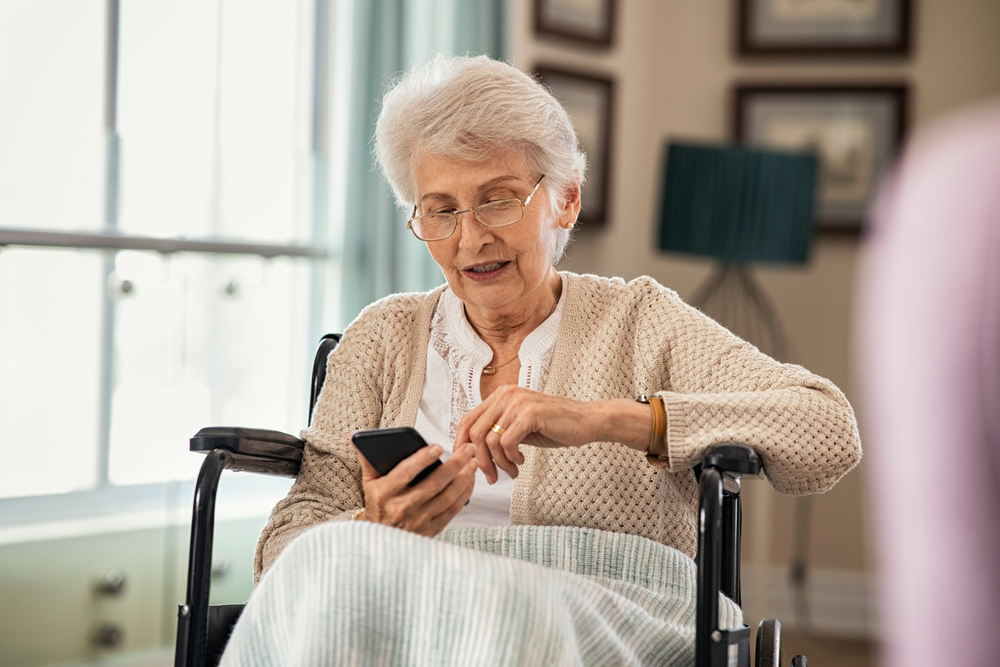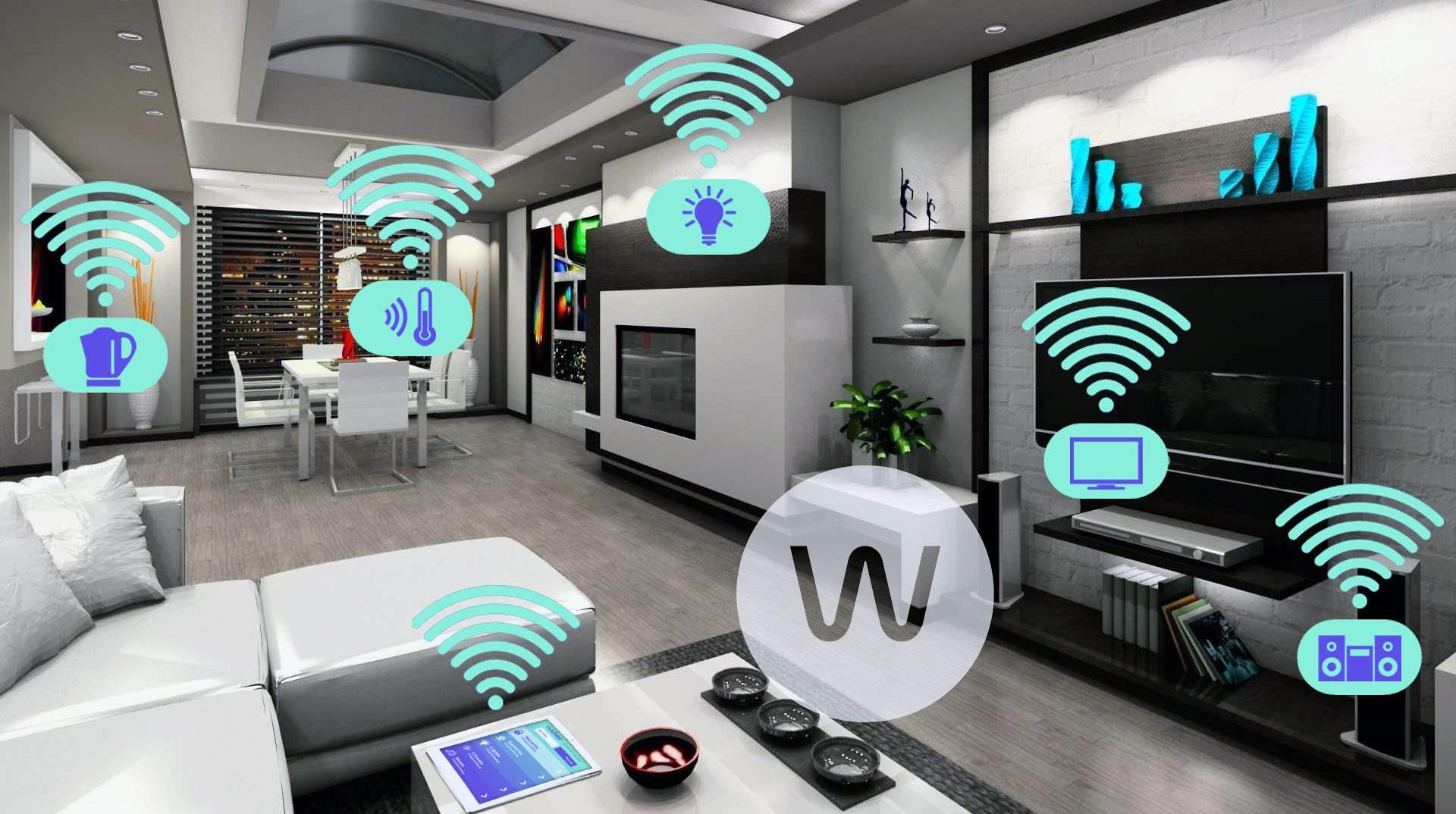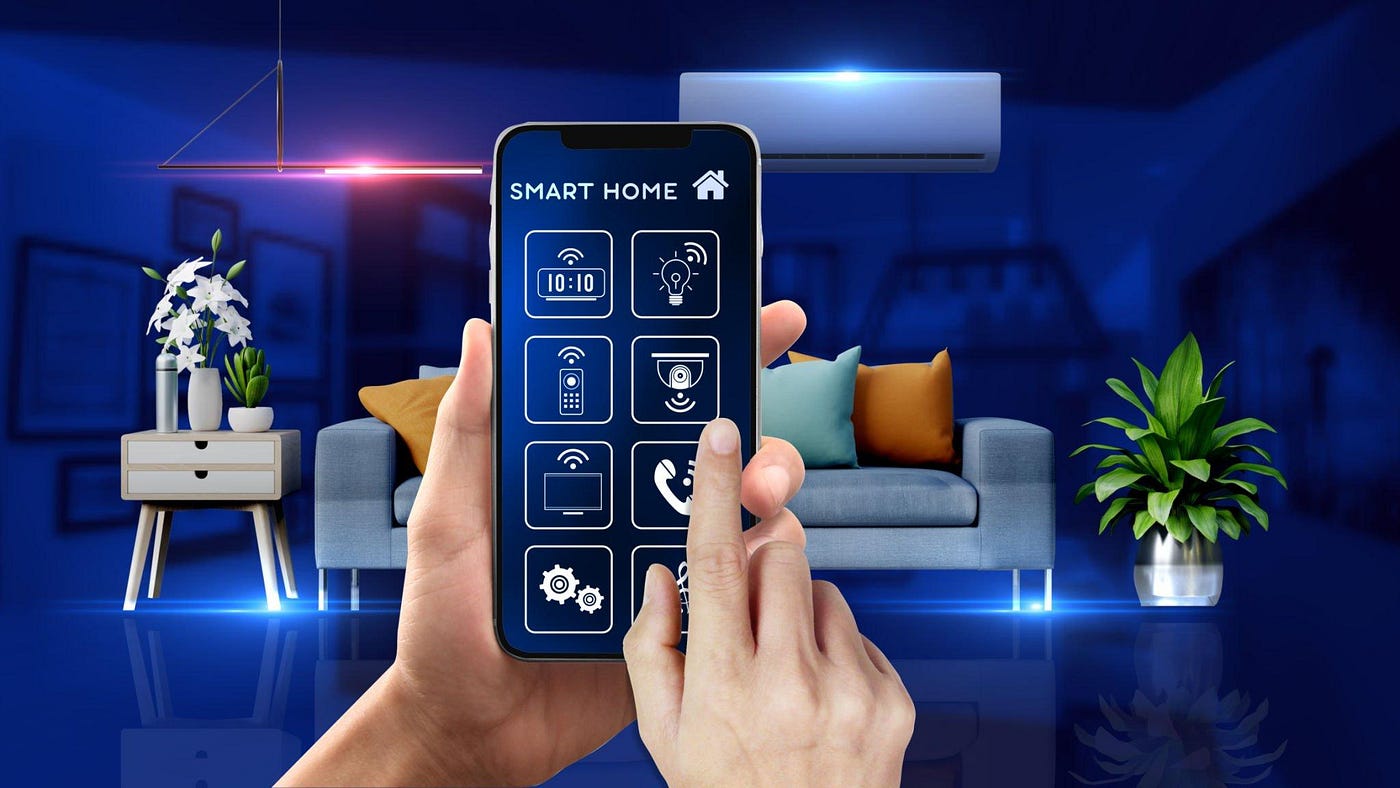Smart home benefits for elderly and disabled individuals represent transformative technological solutions that enhance independence, safety, and quality of life for millions of people who face mobility challenges, sensory limitations, or age-related difficulties in managing traditional home environments. These adaptive technologies eliminate physical barriers, automate complex tasks, provide emergency assistance, and create accessible living spaces that enable aging in place while maintaining dignity and autonomy. Modern assistive technology integration within smart home ecosystems addresses diverse accessibility needs through voice control systems, automated environmental management, health monitoring capabilities, and emergency response features that reduce reliance on caregivers while ensuring comprehensive safety and comfort.
This comprehensive analysis explores how intelligent home automation specifically benefits elderly residents and individuals with disabilities, examining practical applications, accessibility features, safety enhancements, and independence-promoting technologies that create supportive living environments.

Voice Control and Hands-Free Operation
Voice Assistant Accessibility Features
Voice-controlled smart home systems eliminate the need for physical device manipulation, making technology accessible to individuals with limited mobility, arthritis, visual impairments, or other conditions that make traditional controls difficult to operate. Advanced voice recognition accommodates speech variations, accents, and age-related vocal changes.
Popular voice assistants like Amazon Alexa, Google Assistant, and Apple Siri include specialized accessibility features such as voice training for speech impairments, customizable wake words, and enhanced speech recognition algorithms designed for elderly users and individuals with disabilities.
Hands-Free Environmental Control
Voice commands enable complete control over lighting, temperature, entertainment systems, and security features without requiring physical movement or manual dexterity. Users can adjust room conditions, control window blinds, operate appliances, and manage home systems through simple spoken instructions.
Smart home automatic update mechanisms ensure that accessibility features remain current and compatible with evolving assistive technologies, providing continuous improvement in voice recognition accuracy, response reliability, and feature availability for users who depend on these systems for daily living support.
Customizable Voice Commands
Advanced voice control systems allow personalized command customization that accommodates individual speech patterns, preferences, and specific needs. Users can create simplified commands, establish routine shortcuts, and configure responses that match their cognitive and communication capabilities.
Automated Lighting and Safety Systems
Fall Prevention Through Smart Lighting
Automated lighting systems significantly reduce fall risks by providing appropriate illumination during nighttime navigation, motion-activated pathway lighting, and gradual brightness adjustment that prevents disorientation. Smart lighting eliminates fumbling for switches in darkness and ensures adequate visibility throughout the home.
Motion sensors detect movement patterns and automatically illuminate safe pathways to bathrooms, kitchens, and other essential areas during nighttime hours. These systems learn resident movement patterns and adjust lighting timing and intensity accordingly.
Emergency Lighting and Power Failure Response
Smart lighting systems include battery backup capabilities and emergency lighting protocols that activate during power outages, ensuring that elderly residents and individuals with disabilities maintain safe navigation capabilities even during electrical failures.
Automated emergency lighting can guide residents to exits, highlight important areas like medical supplies or communication devices, and provide extended illumination during extended power disruptions.
Circadian Rhythm Support
Smart lighting systems support healthy sleep patterns through circadian rhythm lighting that adjusts color temperature and brightness throughout the day. This feature particularly benefits elderly individuals who may experience sleep disruption or seasonal affective disorder.
Health Monitoring and Medical Assistance
Vital Signs Monitoring
Contactless health monitoring systems track vital signs, sleep patterns, activity levels, and behavioral changes without requiring wearable devices or active participation. These systems detect health emergencies, medication timing issues, and gradual health decline indicators.
Advanced sensors monitor heart rate, breathing patterns, body temperature, and movement consistency to identify potential medical emergencies or health changes that may require attention from healthcare providers or family members.
Medication Management Systems
Smart home integration includes automated medication dispensers, reminder systems, and adherence monitoring that help elderly residents manage complex medication regimens safely and effectively. These systems prevent missed doses, overdoses, and drug interactions.
Voice reminders, visual alerts, and smartphone notifications ensure that medications are taken at appropriate times while tracking adherence patterns that can be shared with healthcare providers for medical management optimization.
Fall Detection and Emergency Response
Sophisticated fall detection systems use cameras, motion sensors, and artificial intelligence to identify fall incidents and automatically contact emergency services or designated family members. These systems distinguish between actual falls and normal activities to minimize false alarms.
Emergency response integration includes two-way communication systems that enable emergency responders to assess situations and provide guidance while help is en route, potentially saving critical response time during medical emergencies.
Mobility Assistance and Accessibility
Wheelchair and Mobility Aid Integration
Smart homes can be configured to accommodate wheelchairs, walkers, and other mobility aids through automated door opening, adjustable counter heights, voice-controlled cabinet access, and pathway optimization that eliminates physical barriers.
Automated systems can open doors before wheelchair users arrive, adjust lighting for optimal visibility, and control appliances that may be difficult to reach or operate manually from seated positions.
Adaptive Technology Integration
Smart home systems integrate with existing assistive technologies including hearing aids, communication devices, and adaptive switches to create comprehensive accessibility ecosystems that work together seamlessly.
Hearing aid integration enables direct audio streaming from smart home devices, while visual alert systems provide alternative communication methods for deaf or hard-of-hearing residents through smartphone notifications and visual indicators.
Physical Environment Adaptation
Automated environmental controls adjust room temperature, humidity, and air quality based on medical needs and comfort requirements. These systems can accommodate conditions like arthritis, respiratory issues, or temperature sensitivity that commonly affect elderly individuals.
Safety and Security Enhancements
24/7 Monitoring and Alerts
Comprehensive monitoring systems provide continuous oversight of home security, environmental conditions, and resident activity patterns. These systems can detect unusual behavior, extended periods without movement, or emergency situations that require immediate response.
Family members and caregivers can receive real-time alerts about security events, health concerns, or unusual activity patterns that may indicate problems requiring attention or intervention.
Visitor Management and Access Control
Smart doorbells and access control systems enable safe interaction with visitors without requiring physical door opening. Video communication allows residents to screen visitors, verify identities, and grant access remotely when appropriate.
Automated visitor logging creates records of all door activity, deliveries, and visitor interactions that can be reviewed by family members or caregivers to ensure security and appropriate social contact.
Fire and Carbon Monoxide Detection
Advanced detection systems provide early warning for fire, carbon monoxide, gas leaks, and other environmental hazards while automatically contacting emergency services and designated emergency contacts during dangerous situations.
These systems include visual and vibrating alerts for hearing-impaired residents alongside traditional audio alarms, ensuring that all residents receive appropriate emergency notifications regardless of sensory limitations.
Independence and Aging in Place
Reduced Caregiver Dependency
Smart home systems enable elderly residents and individuals with disabilities to manage many daily tasks independently, reducing reliance on family members or professional caregivers while maintaining safety and comfort standards.
Automated systems handle routine tasks like lighting control, temperature adjustment, medication reminders, and security management that might otherwise require caregiver assistance or create safety risks when performed independently.
Daily Living Activity Support
Smart home integration assists with activities of daily living including cooking, cleaning, personal care, and household management through automation, reminders, and safety monitoring that supports independent living capabilities.
Voice-controlled appliances, automated cleaning systems, and smart scheduling help maintain household routines while reducing physical strain and cognitive load associated with complex task management.
Social Connection and Communication
Video calling systems, social media integration, and communication platforms help combat social isolation by providing easy access to family, friends, and social services. Large-screen displays and simplified interfaces make technology accessible to users with limited technical experience.
Cognitive Support and Memory Assistance
Routine and Schedule Management
Smart home systems provide schedule reminders, appointment notifications, and routine prompts that support individuals with memory issues or cognitive decline. These systems can announce daily schedules, medication times, and important tasks.
Calendar integration with voice announcements helps maintain daily structure and reduces anxiety associated with forgotten appointments or missed activities that are important for health and social engagement.
Navigation and Wayfinding
Indoor positioning systems and voice-guided navigation help individuals with cognitive impairments or visual limitations navigate their homes safely. These systems can provide verbal directions to specific rooms or areas when requested.
Smart home systems can also provide location reminders for frequently misplaced items like keys, glasses, or medical devices through integration with tracking tags and voice queries.
Memory Enhancement Tools
Digital photo displays, voice-activated memory aids, and automated storytelling systems help maintain cognitive engagement and emotional well-being through familiar photos, music, and memories that can be accessed through simple voice commands.
Cost-Effective Healthcare Solutions
Reduced Healthcare Costs
Smart home health monitoring can detect medical issues early, potentially preventing expensive emergency room visits, hospitalizations, and complications that result from undetected health problems or medication management errors.
Remote monitoring capabilities enable healthcare providers to track patient progress and adjust treatment plans without requiring frequent office visits, reducing transportation challenges and healthcare expenses.
Insurance and Medicare Benefits
Many insurance providers and Medicare programs recognize smart home health monitoring systems as legitimate medical devices and may provide coverage or reimbursement for qualifying equipment and services.
Documentation capabilities within smart home systems can provide healthcare providers and insurance companies with detailed health and activity data that supports medical claims and treatment decisions.
Installation and User Training
Senior-Friendly Setup Procedures
Professional installation services specialize in senior-friendly smart home setup that includes comprehensive user training, simplified operation guides, and ongoing technical support designed for elderly users and individuals with disabilities.
Installation procedures account for accessibility requirements, device placement optimization, and interface customization that accommodates specific needs and limitations while maximizing system effectiveness.
Family and Caregiver Integration
Smart home systems include family member access, caregiver integration, and remote monitoring capabilities that enable trusted individuals to provide support and oversight without compromising resident independence and privacy.
Caregiver dashboards provide appropriate levels of information sharing while respecting privacy boundaries and maintaining resident autonomy over their living environment and personal information.
Technology Adoption and Learning
Gradual Implementation Strategies
Successful smart home adoption for elderly residents often involves gradual implementation that introduces new technologies slowly, provides adequate training time, and builds confidence through positive experiences with basic features before advancing to complex capabilities.
Support systems include ongoing training, technical assistance, and troubleshooting help that accommodates varying comfort levels with technology and learning preferences among elderly users.
User Interface Simplification
Smart home interfaces designed for elderly users emphasize simplicity, large fonts, high contrast displays, and intuitive navigation that reduce learning curves and minimize technology-related frustration or confusion.
Future Assistive Technology Integration
Artificial Intelligence Enhancement
Advanced AI systems increasingly personalize smart home responses based on individual behavior patterns, health conditions, and accessibility needs, creating more responsive and supportive living environments.
Machine learning algorithms analyze resident patterns and automatically adjust system responses to provide optimal support while maintaining independence and dignity.
Robotic Assistance Integration
Emerging robotic assistance technologies integrate with smart home systems to provide physical assistance, medication delivery, and emergency response capabilities that further enhance independent living possibilities.
Conclusion and Recommendations
Smart home technology offers unprecedented opportunities for elderly individuals and people with disabilities to maintain independence, safety, and quality of life in their own homes. These systems address diverse accessibility needs while providing comprehensive support for daily living activities.
Successful implementation requires careful consideration of individual needs, appropriate technology selection, professional installation, and ongoing support systems that ensure long-term success and user satisfaction.
The investment in smart home accessibility technology often provides significant returns through improved quality of life, reduced healthcare costs, extended independent living capabilities, and enhanced safety that benefits both residents and their families.
As technology continues advancing, smart home systems will become increasingly sophisticated in supporting aging in place and disability accommodation, creating more inclusive and supportive living environments for all residents.


